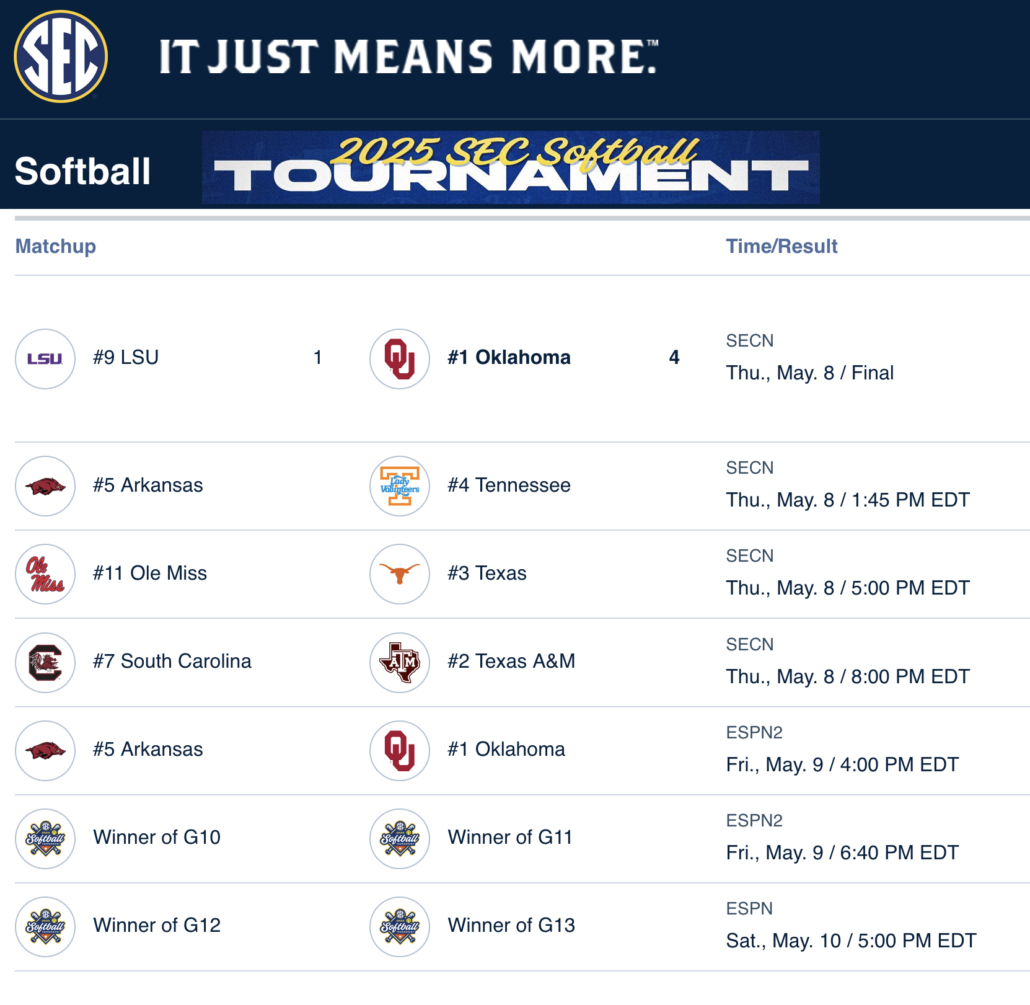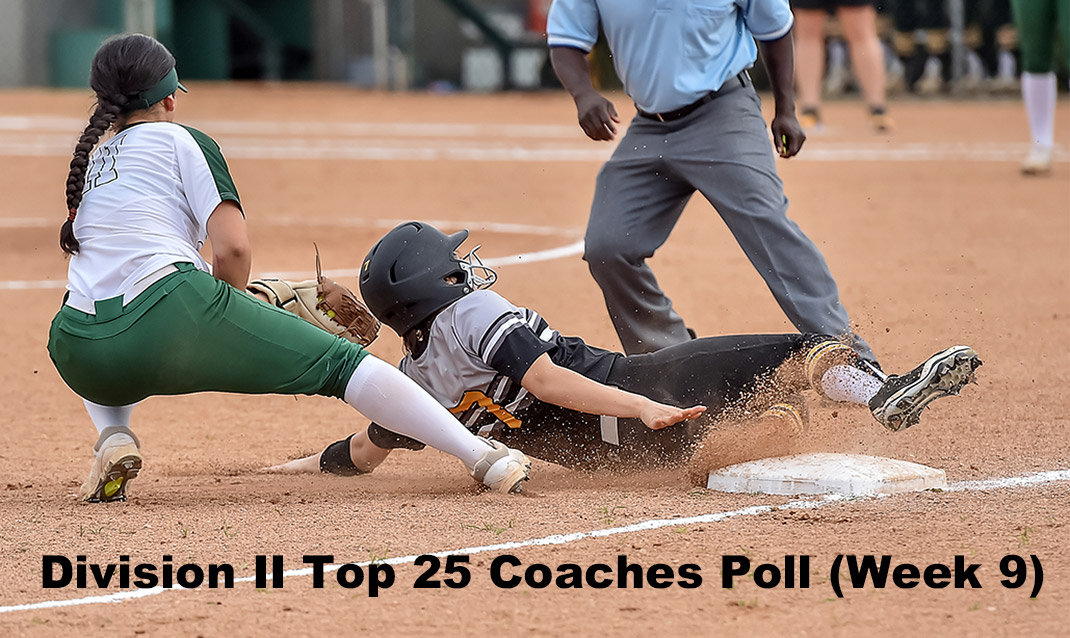The Pros and Cons of the College Softball Transfer Portal
The Pros and Cons of the College Softball Transfer Portal
June 20, 2025
The NCAA transfer portal, introduced in 2018, has dramatically reshaped the landscape of collegiate athletics—including college softball. Designed to simplify and streamline the process of student-athletes transferring between schools, the portal has sparked both opportunity and controversy. As its influence grows, it’s important to explore both the benefits and drawbacks of this evolving system, particularly within the context of college softball.
Pros of the College Transfer Portal in College Softball
1. Empowerment and Player Mobility
Perhaps the most significant benefit of the transfer portal is that it empowers athletes. No longer at the mercy of restrictive transfer rules or coaches blocking moves, softball players now have greater control over their careers. This allows them to seek better athletic, academic, or personal fits when their current situation isn’t working.
2. Second Chances and Growth Opportunities
Some athletes may feel overlooked at their current programs or experience coaching changes that alter their role. The portal provides these players with a second chance—whether it’s more playing time, improved development opportunities, or alignment with a new coaching philosophy.
3. Boosts Competitiveness
Mid-major programs can benefit by picking up talent that didn’t flourish at Power Five schools, creating more parity across divisions. At the same time, elite programs may fill critical needs with experienced players who can make an immediate impact.
4. Transparency in the Transfer Process
The portal offers a centralized database, making the transfer process more transparent for both athletes and coaches. Softball programs can quickly identify available talent, and players can assess interest more easily without going through back channels.
Advertisement
Cons of the College Transfer Portal in College Softball
1. Program Instability
One of the biggest concerns for coaches is roster instability. It’s not uncommon for programs to lose multiple players in a single offseason, forcing coaches to scramble for replacements. This can disrupt team chemistry and hinder long-term development strategies.
2. Recruiting Pressure and Roster Crunch
With more players entering the portal and vying for limited spots, recruiting has become increasingly complex. Freshmen may get squeezed out by more experienced transfers, and scholarship distribution becomes trickier, especially in a sport with limited scholarships like softball (only 12 per Division I team as of this writing, a proposal to increase the rosters and scholarships is being considered for 2025-2026 season).
3. Potential for “Free Agency” Culture
Critics argue that the portal has created a “free agency” dynamic, where athletes transfer frequently, sometimes based on short-term frustrations rather than long-term goals. This can undermine commitment and development, and it risks prioritizing instant gratification over growth.
4. Academic and Emotional Toll
While the portal provides a fresh start, transitioning to a new school can be academically and emotionally challenging. Softball players must adapt to different team cultures, classroom environments, and social dynamics, which can take a toll on their well-being.
Conclusion
The NCAA transfer portal is a double-edged sword in college softball. On one hand, it gives athletes the freedom and flexibility they deserve, creating opportunities for both players and programs. On the other hand, it introduces a level of unpredictability that can strain coaches and affect team cohesion.
Like many changes in college athletics, the transfer portal’s long-term impact depends on how schools, coaches, and athletes navigate it. With thoughtful guidance, transparent communication, and a focus on both performance and player development, the portal can continue to evolve into a positive force in college softball. But without those guardrails, it risks becoming more of a revolving door than a second chance.
##
Advertisement
This page may contain affiliate links and we may earn a small commission when you click on the links.






















